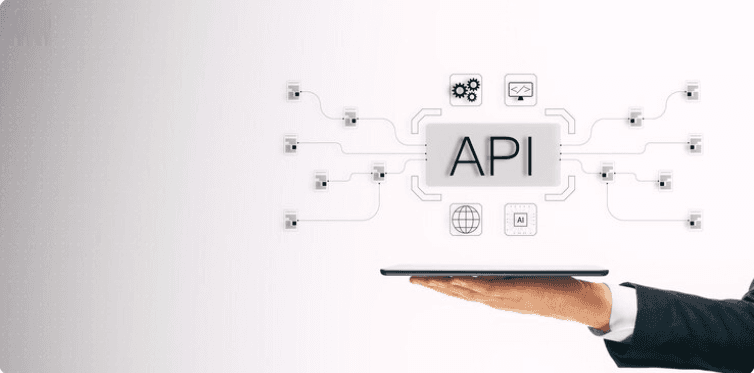
APIs are the backbone of modern software, but traditional approaches like REST often come with inefficiencies. In today’s fast-paced digital landscape, GraphQL is changing the game by offering a more flexible, efficient, and developer-friendly way to communicate between client and server.
In this blog, we’ll explore why GraphQL is transforming API communication, its benefits, challenges, and real-world applications that are making it the go-to choice for many developers.
What is GraphQL?
GraphQL is an open-source query language for APIs developed by Facebook in 2012 and released publicly in 2015. Unlike REST, which requires multiple endpoints for different data requests, GraphQL uses a single endpoint to fetch exactly the data you need—nothing more, nothing less.

🔗 Learn more about GraphQL on the official website
How GraphQL Works
GraphQL operates on three main concepts:
- Schema – Defines the structure of data available in the API.
- Query – A request from the client specifying exactly which fields and objects are needed.
- Resolver – Functions that fetch the requested data from databases or other APIs.
With these three elements, GraphQL eliminates over-fetching and under-fetching issues common in REST APIs.
Why GraphQL is a Game-Changer for API Communication
1. Precision Data Fetching
With GraphQL, clients can request only the data they need. This reduces unnecessary bandwidth usage and makes applications faster.
✅ Example: Instead of fetching an entire user profile, you can request only the name and email.
2. Single Endpoint Simplicity
Unlike REST, which may require multiple endpoints for different resources, GraphQL uses one endpoint to handle all queries and mutations.
🔗 Learn how API endpoint management improves efficiency.
3. Faster Development Cycles
Developers can modify queries without backend changes, enabling rapid UI iteration and reduced dependency on backend teams.
4. Strongly Typed Schema
GraphQL schemas ensure that every query is validated against a predefined structure, reducing errors and making APIs self-documenting.
Common Challenges of GraphQL
While GraphQL is powerful, it comes with challenges:
- Complex Queries Can Impact Performance – Overly nested queries may slow down responses.
- Security Concerns – Needs query depth limiting to prevent malicious requests.
- Caching Difficulties – Unlike REST, caching in GraphQL requires more advanced strategies.
Real-World Applications of GraphQL
Many industry leaders use GraphQL to improve data communication:
- Facebook – For efficient mobile app data fetching.
- Shopify – For eCommerce APIs providing precise product data.
- Netflix – For delivering optimized video metadata to multiple platforms.
REST vs GraphQL — Quick Comparison

| Feature | REST | GraphQL |
|---|---|---|
| Data Fetching | Multiple endpoints | Single endpoint |
| Over-fetching | Common | Rare |
| Schema | No strict type system | Strongly typed |
| Caching | Easier | More complex |
| Learning Curve | Lower | Moderate |
Getting Started with GraphQL
Step 1 – Install GraphQL
npm install graphql express-graphql
Step 2 – Define Schema
Specify data types and queries in your schema.
Step 3 – Create Resolvers
Fetch and return data for each query.

Conclusion — The Future is GraphQL
GraphQL is revolutionizing how applications communicate with servers, offering speed, flexibility, and precision that REST often can’t match. As more organizations adopt GraphQL, it’s becoming a cornerstone of modern web and mobile development.
If you want APIs that are efficient, scalable, and easy to maintain, GraphQL should be on your radar in 2025 and beyond.
Tags
Share this article
About the Author
Experienced IT professional specializing in enterprise solutions and modern technology implementations.
Related Articles
Stay Updated
Get the latest IT insights delivered to your inbox.

